What is racism?
Racism is a broad concept and has existed in world history for a long time. Different ethnicities in the world have laid the foundation for the idea that humanity can be split into different races. The basic idea behind racism is the belief that there are different human races and that some races are more intelligent and better than others.
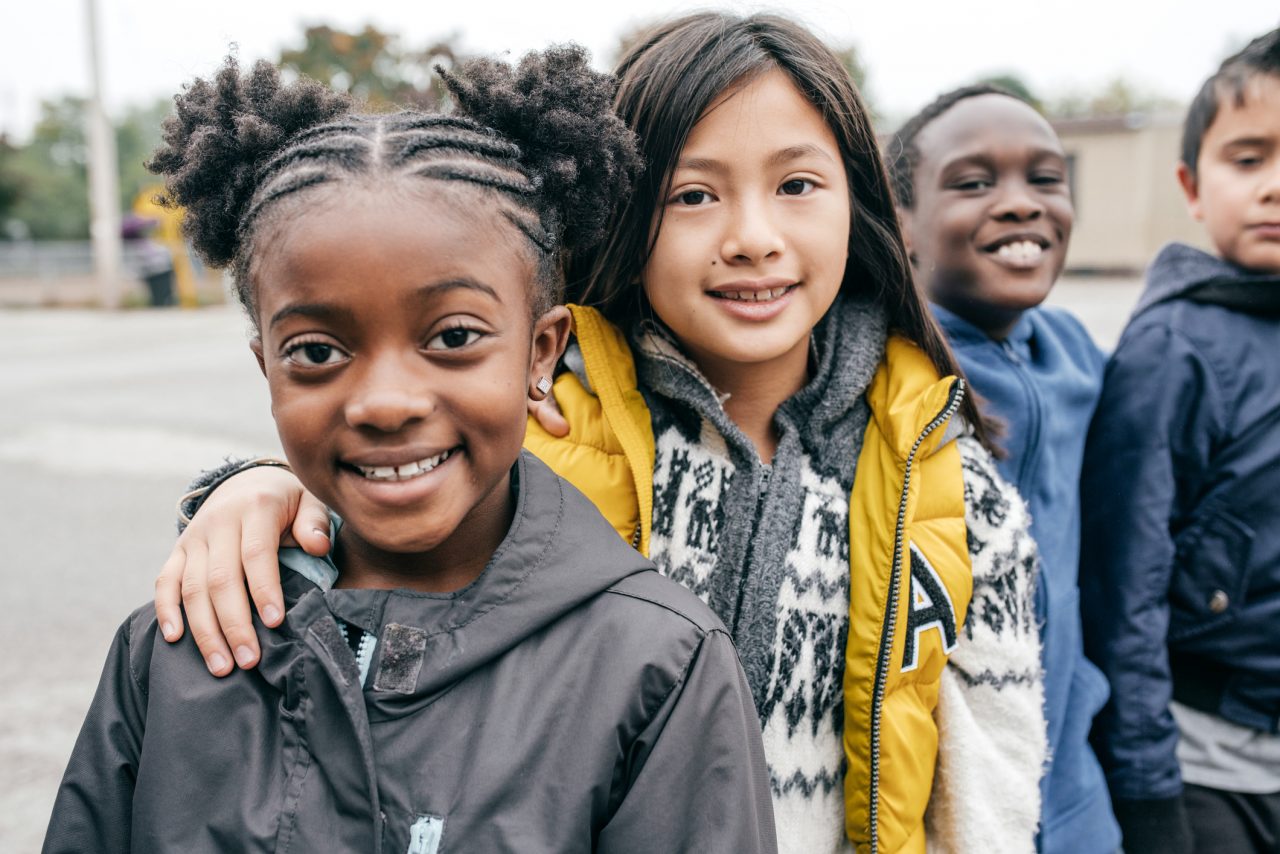
From ethnicity to culture
Before and during World War II, many researchers stated that there were differences in genes, and that biological differences gave people a different value. After World War II, racism developed into something that was connected to culture. This development went together with the idea that some cultures are better than others, for example that some people are more violent because of their culture or that they cannot be of a nationality because they do not have the right skin color or name.
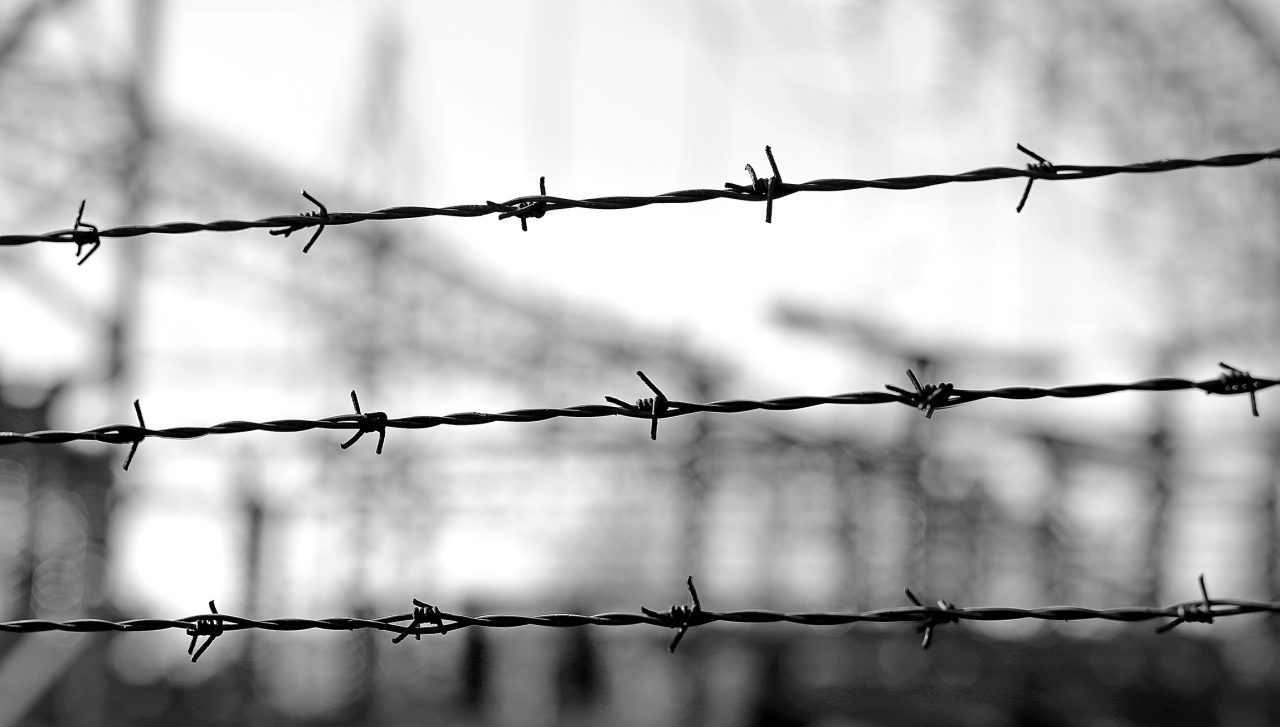
Racism = discrimination
Racism is about opinions, attitudes and actions that split people into races, and where some are better than others. It is a form of discrimination that takes place in different places such as schools, workplaces, and social media.
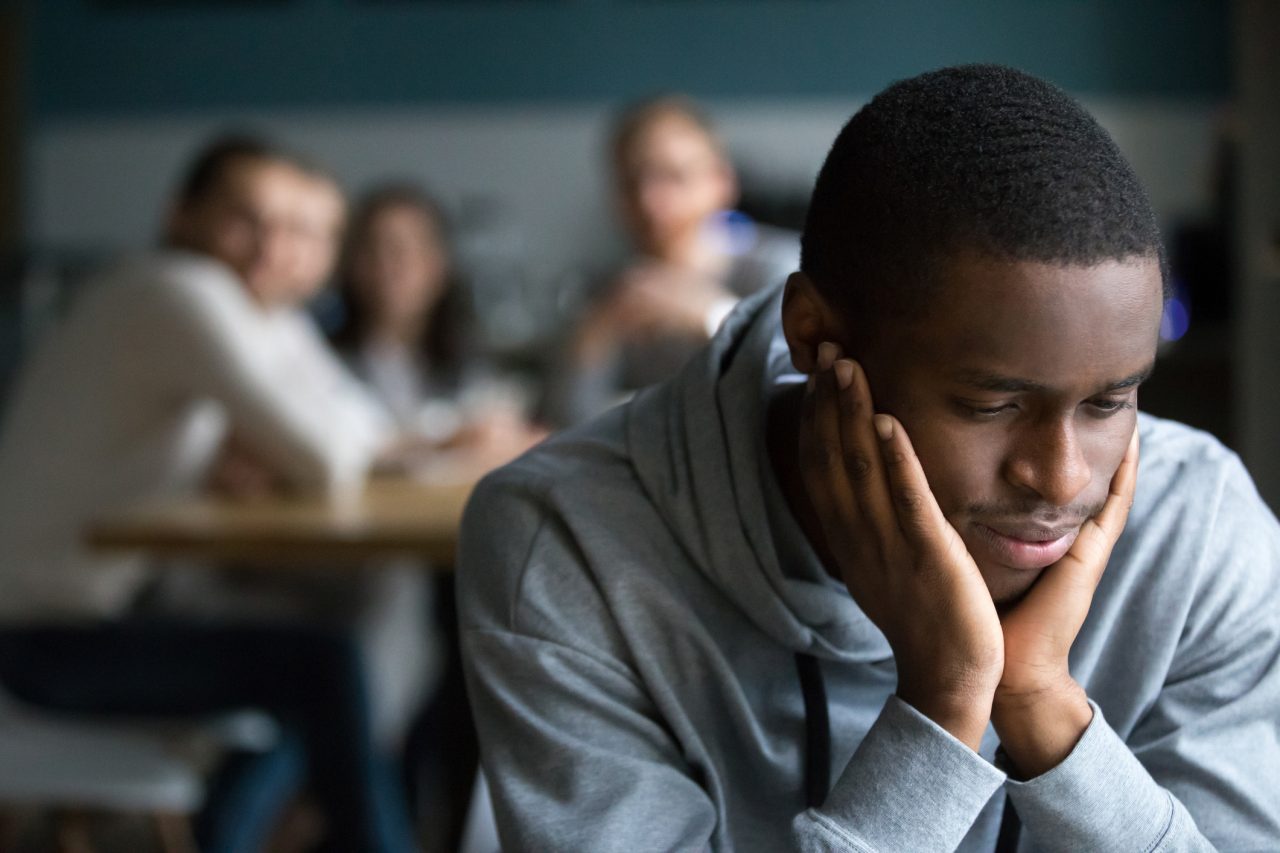
Racism and discrimination of minorities
Throughout history, minorities have experienced many forms of racism. In the United States and South Africa, dark-skinned people have experienced systematic discrimination. They were used as slaves on plantations and segregated from the rest of the community. Segregation means separating some people from others living in the same community. In the 1960s, the Ku Klux Klan (KKK) harassed and murdered African Americans in the United States.
⬅ Illustration of the Ku Klux Klan and their disguises.
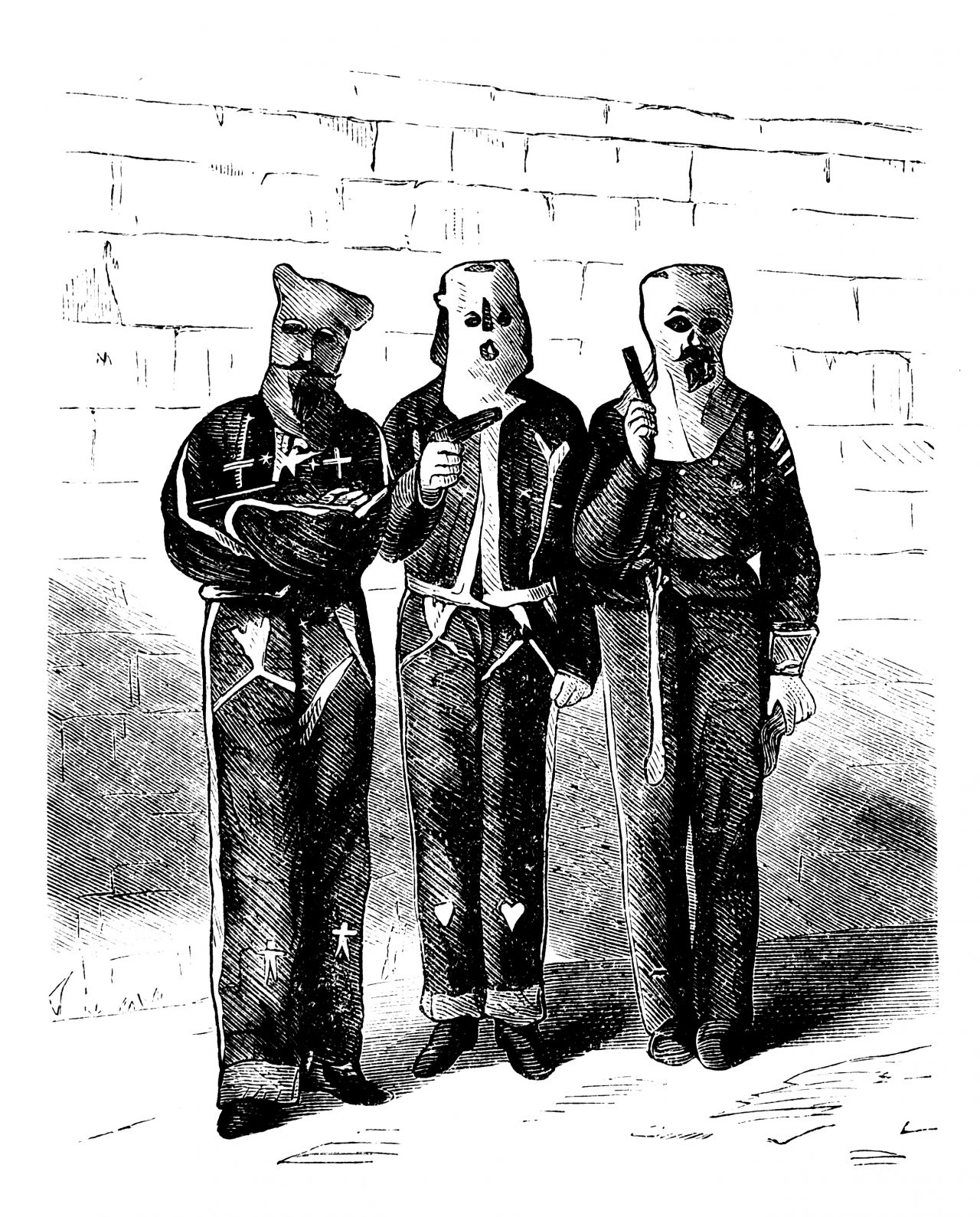
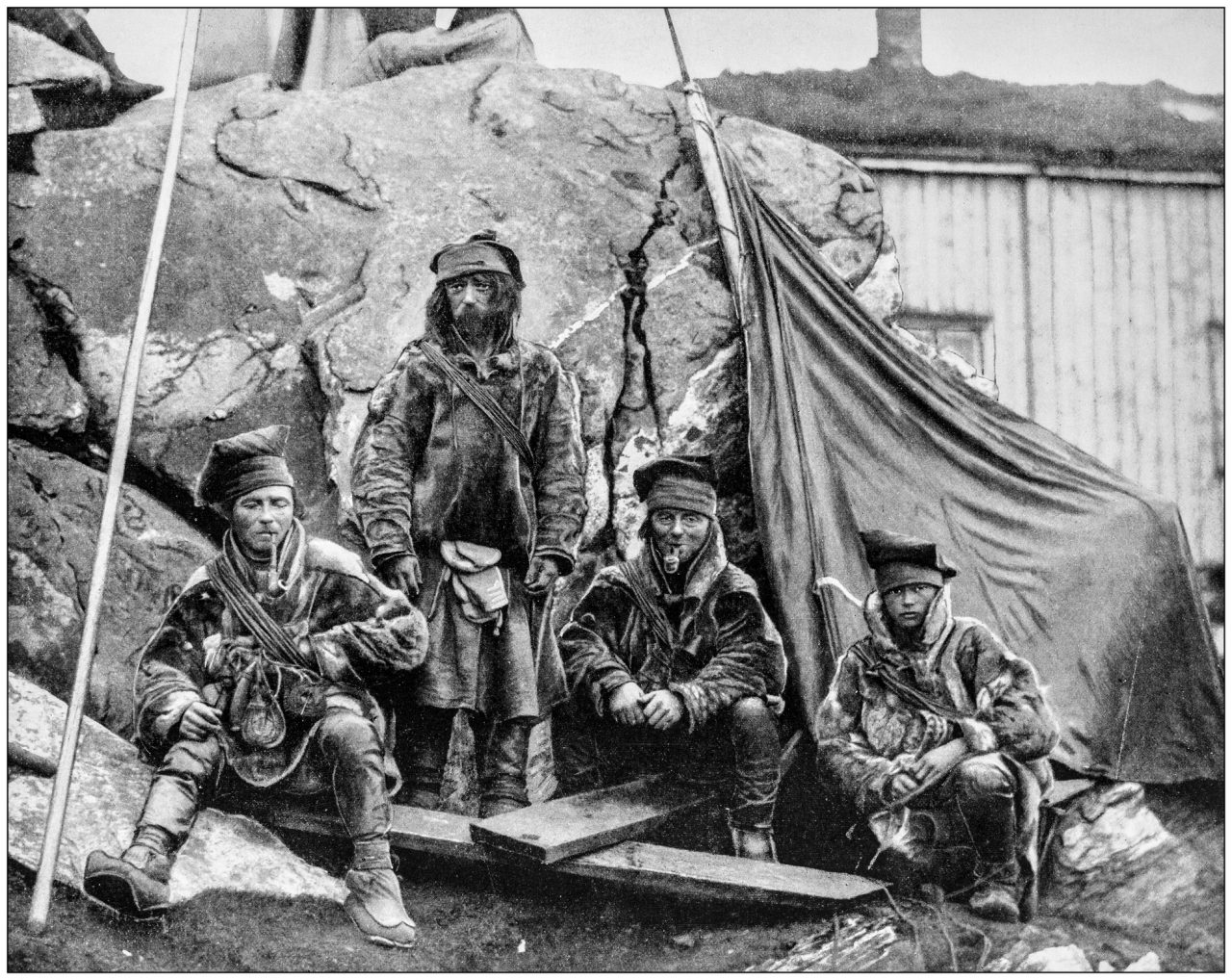
Assimilation of native peoples has also happened in other countries like Australia, USA, New Zealand and Canada. These native peoples have become ethnic minorities in their own countries. After years of conflict and discrimination, native peoples have lost much of their language and identity. Today, there is a new interest and pride in the values and cultures of native peoples around the world. More people claim to have Australian Aboriginal, Maori or Native American roots than before, and native peoples are becoming more aware of their rights.
Internationally, the UN is working to promote human rights throughout the world, and the fight against racism is an essential aspect of this.
⬅ 1) Mock attack on the audience; 2) Relaxed encounters; 3) Tagarah – the chief’s daughter; 4) Fire dance. Wood engravings after drawings by Adalbert von Roessler, published in 1885.
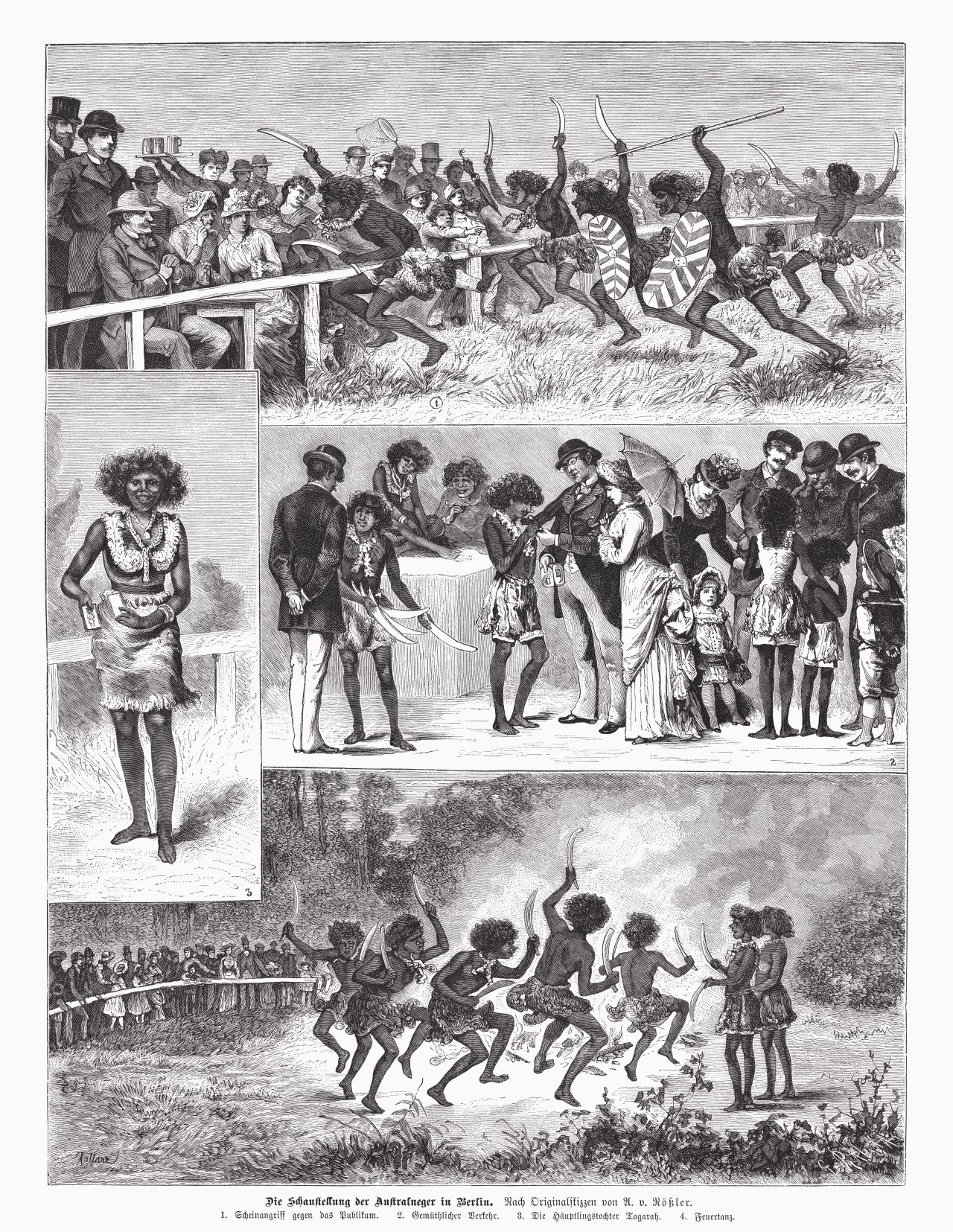
Give Nothing To Racism
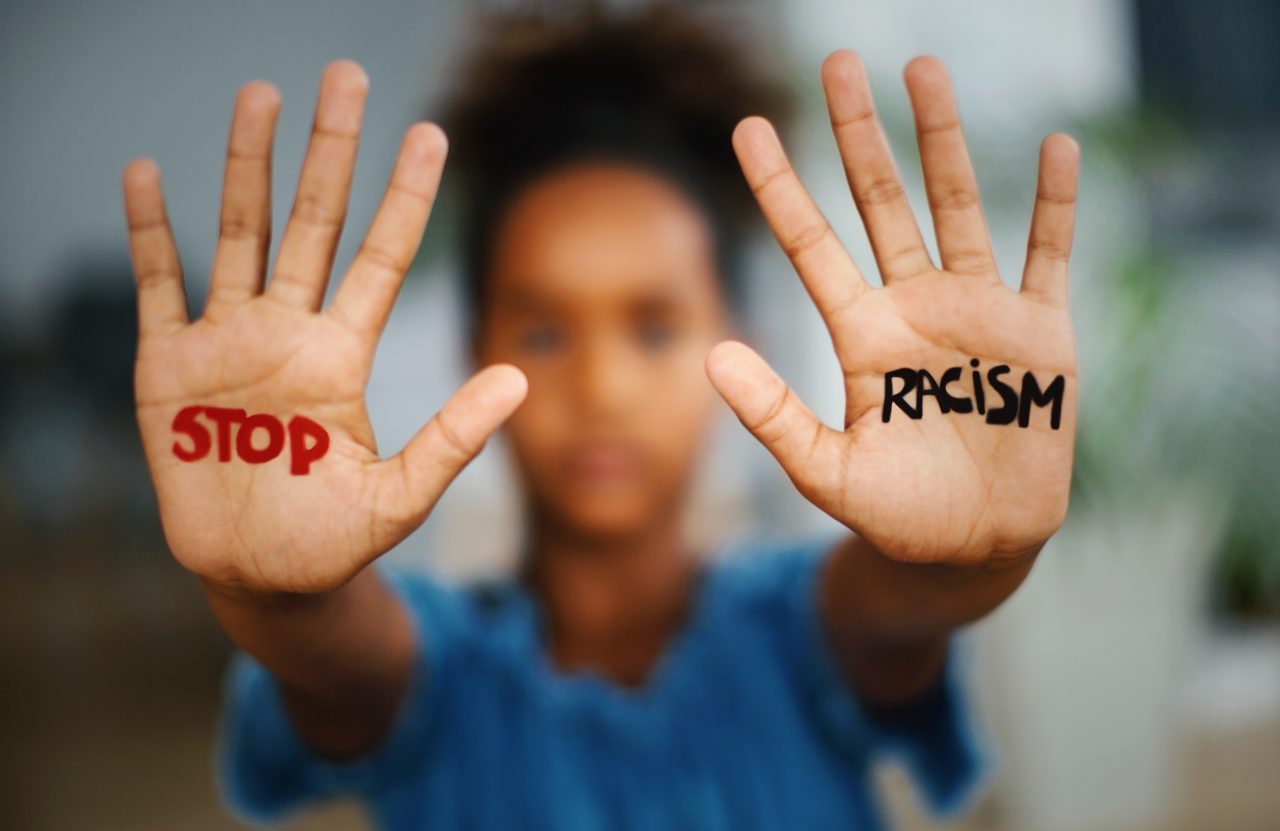
Why did George Floyd die? The history of police brutality in the U.S.
The Holmlia murder
In 2001, 15-year-old Benjamin Hermansen from Oslo was stabbed and killed because of his skin color. The man behind the attack was a neo-Nazi. After the murder, there were large demonstrations throughout Norway and there was a major debate about racism. The murder of Benjamin Hermansen has become a symbol of the fight against racism not being over.
⬅ Hvert år deles Benjamin-prisen ut til skoler som jobber aktivt mot rasisme.
Photo: Kuben yrkesarena (CC-BY-SA)
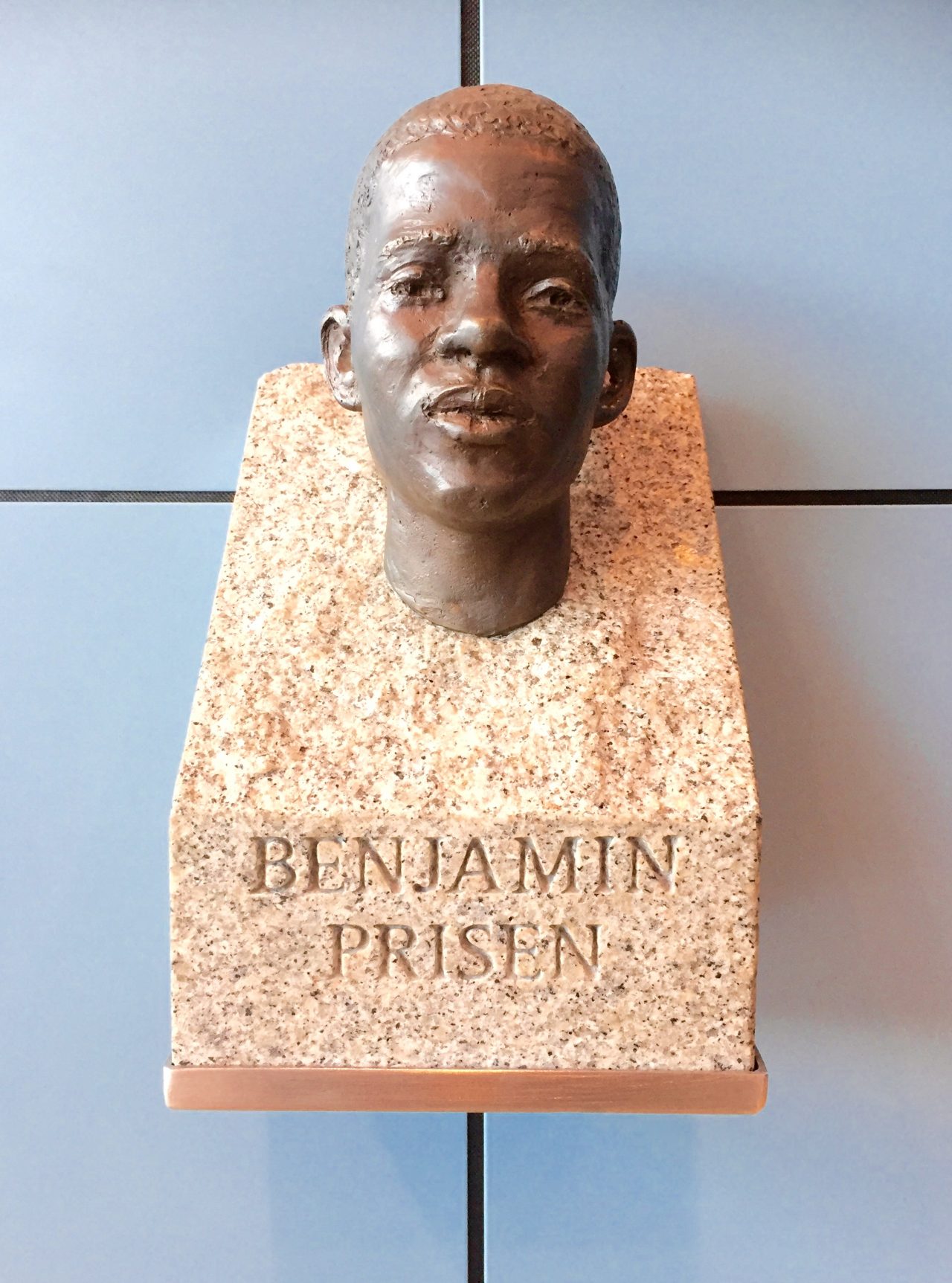
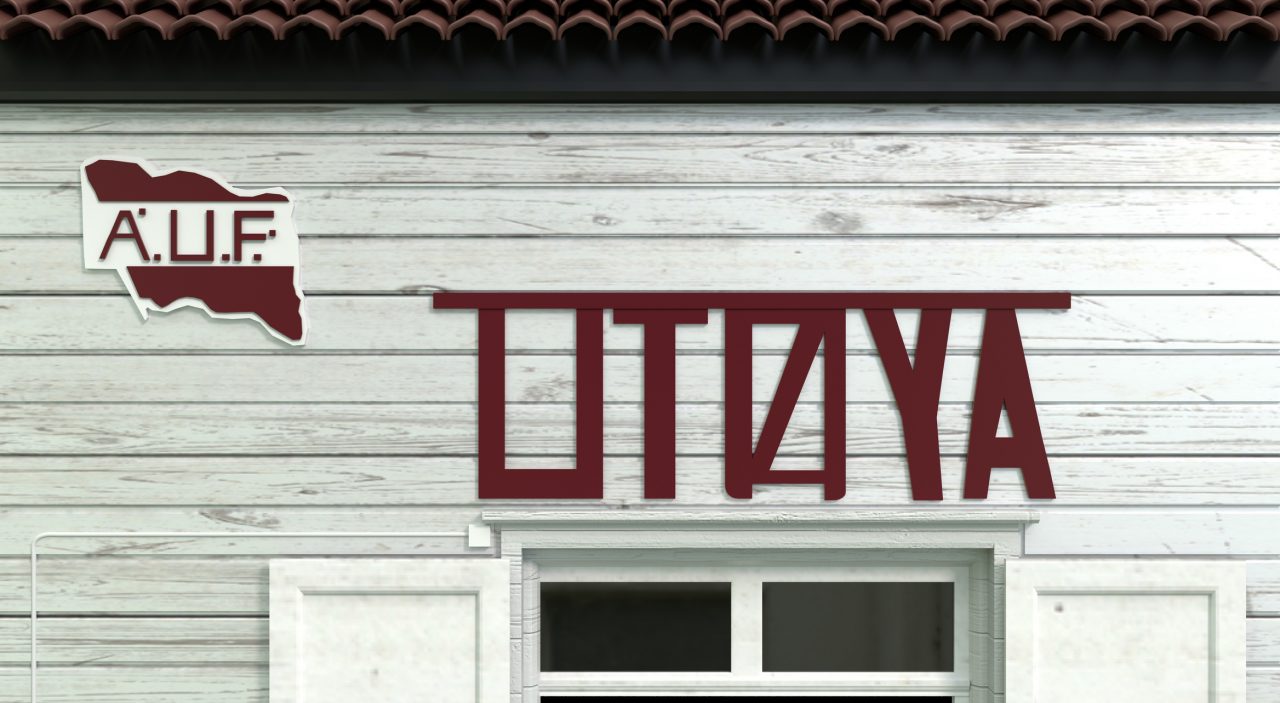
How can we prevent racism?
There are many ways to prevent racism.
- Politically, laws that support human rights can be approved. In this way, all people can be guaranteed the same rights, and be protected from discrimination in the workplace, school, public services and so on.
- Adults can make sure that they are good role models for children and support the values that everyone has equal rights.
- Another way is to get to know other cultures. In this way, one can remove biases one has against foreign cultures.
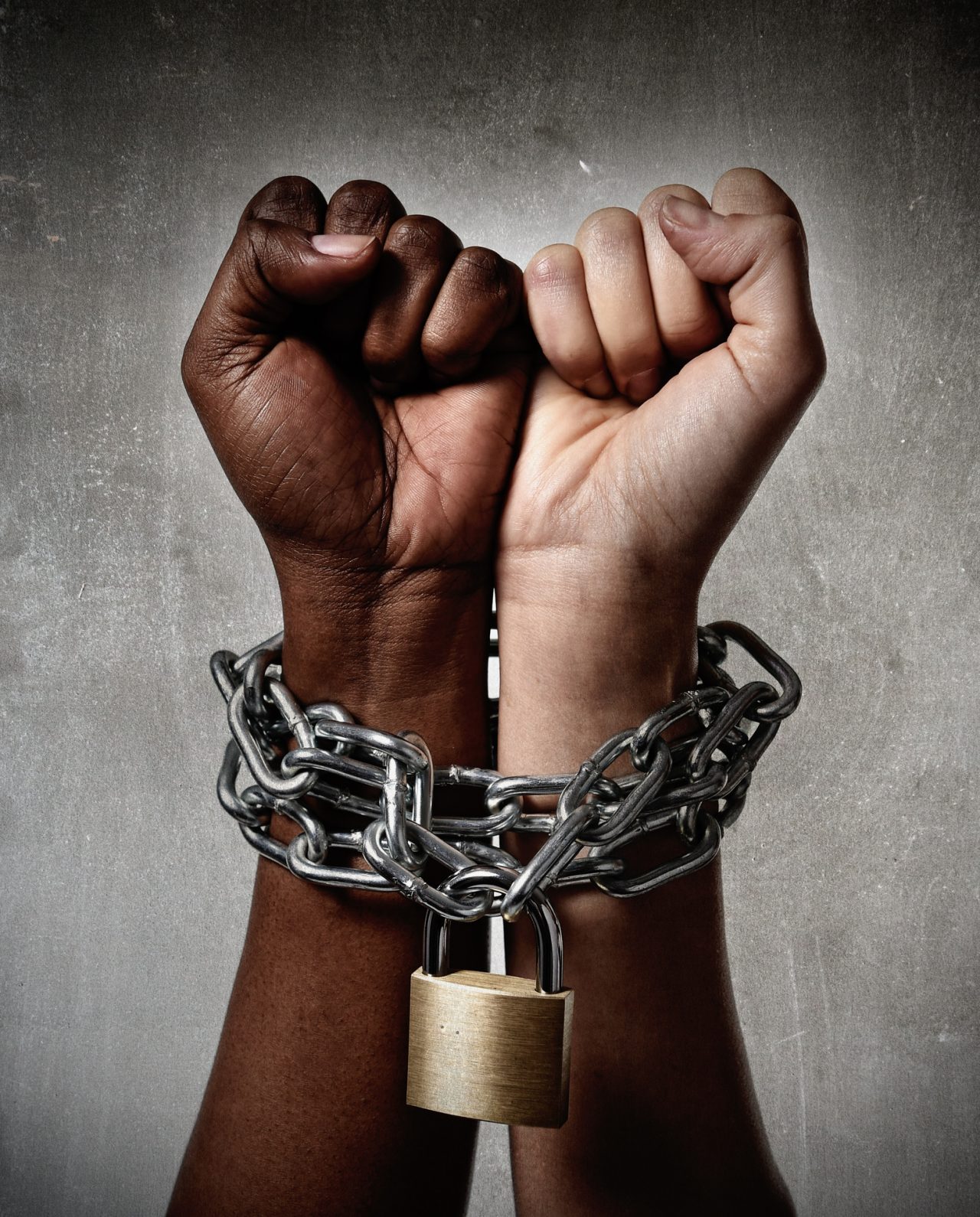
Doll test
Say something!
One must also realize that there is racism in society. If you experience or witness discrimination based on skin color, culture, or religion, you should speak up and give that person a clear message. It can also be important to tell the person why this behavior or comment is seen as racist or discriminatory. If he or she does not give up, you should tell the teacher or the principal. Remember that there are laws against discrimination and racist views.

Think you’re not racist?
Sources:
- Skorgen, Torgeir; Ikdahl, Ingunn; Berg-Nordlie, Mikkel: rasisme i Store norske leksikon på snl.no.
Hentet 2. september 2020 fra https://snl.no/rasisme
- BBC (01.06.2020): George Floyd: How are African-Americans treated under the law?
https://www.bbc.com/news/world-us-canada-52877678
- NRK (23.01.2018): Joe Erling Jahr: Ber om unnskyldning for å ha drept Benjamin Hermansen
https://www.nrk.no/dokumentar/xl/joe-erling-jahr_-ber-om-unnskyldning-for-a-ha-drept-benjamin-hermansen-1.13868768
- Aldrimer22.juli (10.03.2019): Urfolk i Norge
https://aldrimer22juli.no/8-10-trinn/norge-og-nasjonal-arv-1/urfolk-i-norge-1
- Sirevåg, Torbjørn: Ku Klux Klan i Store norske leksikon på snl.no.
Hentet 2. september 2020 fra https://snl.no/Ku_Klux_Klan
- Langseth, Janniche; Lokøy, Gro; Ulriksen Lundgren, Hege C; Hellesøy, Sidsel (2013). Skills. Gyldendal.
Media Rights:
-
-
Getty Images
-
Getty Images
-
Getty Images
-
Getty Images
-
Getty Images
-
Getty Images
-
NZ Human Rights Commission – YouTube
-
Getty Images
-
BBC – YouTube
-
Benjaminprisen, Kuben yrkesarena / Ivar Sjaastad (CC BY-SA 4.0)
-
Getty Images
-
Getty Images
-
Fanpage.it – YouTube
-
Getty Images
-
Chicago Booth Review – YouTube
-


